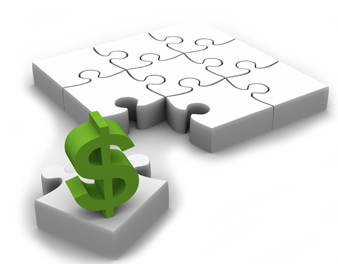In the previous post, we discussed the first 2 steps in strategy mapping, which are specifying an overriding objective and choosing the value proposition. Now, we will go over the other 2 steps supposed to answer the question “What do you want to accomplish?”.

Step 3: Choose the financial strategies
Having established the value proposition, organisations next formalise their plans and strategies around revenues and costs. Financial strategies can be categorised into three key areas:
1. Revenue growth
2. Productivity
3. Asset utilisation
All organisations must pay some level of attention to each of these strategies. However, the choice of value proposition in Step 2 helps dictate which of the three will dominate and where to spend most of the effort and activity. By aligning financial strategies with the value proposition, companies can position themselves to properly decide what customers are willing to purchase.
Organisations pursuing operational efficiency propositions will focus on reaching their overriding objectives primarily through productivity and asset utilisation strategies. Organisations following customer-intimate or product leadership propositions will put less focus on these efficiency strategies, instead attempting to grow revenue through unique product or customer features.
Step 4: Choose the customer strategies
After establishing the financial strategies, the next step in strategy mapping is to formalise plans and strategies to win the marketplace. In other words, companies must clearly establish and articulate their customer strategies. Customer strategies can be categorised into three key areas:
1. Retaining and adding customers
2. Increasing revenue per customer
3. Reducing cost per customer
Organisations must pay attention to each of these strategies. However, the choice of value proposition once again dictates where the firm should focus its effort and activity.
Those pursuing operational excellence will use competitive prices to retain and add customers, in addition to increasing revenue per customer. Tight process and supply chain management will assist in its ongoing efforts to reduce costs per customer. Product leaders will offer the latest of technologies and features, including “add-on” products and services, to increase customer volume and revenue per customer. To retain and add customers, customer-intimate companies will tend to use strategies such as promoting word-of-mouth marketing and loyalty programmes. By offering complete solutions and bundling packages, these companies attempt to increase revenue per customer.
***
Read the last 2 steps of strategy mapping in the final part or download the full white paper “CGMA Tool – How to develop a strategy map” now!
 English
English  Vietnamese
Vietnamese 

